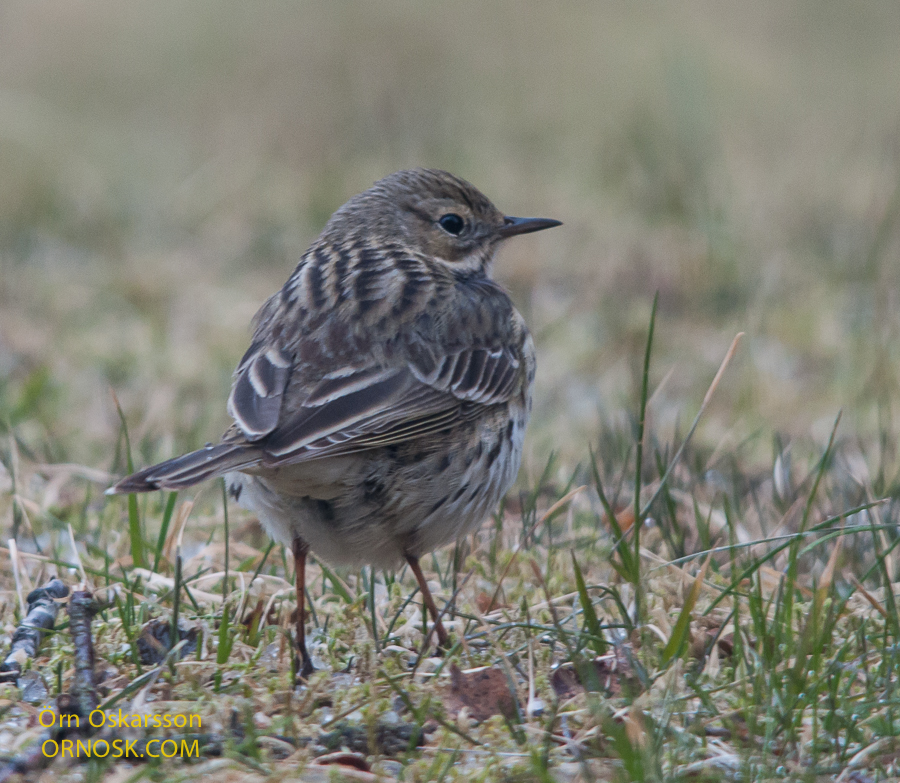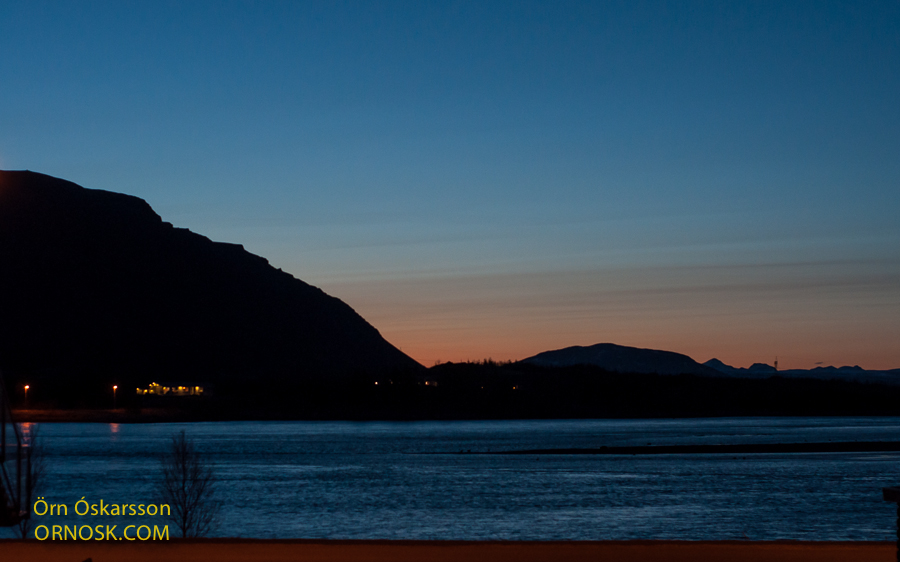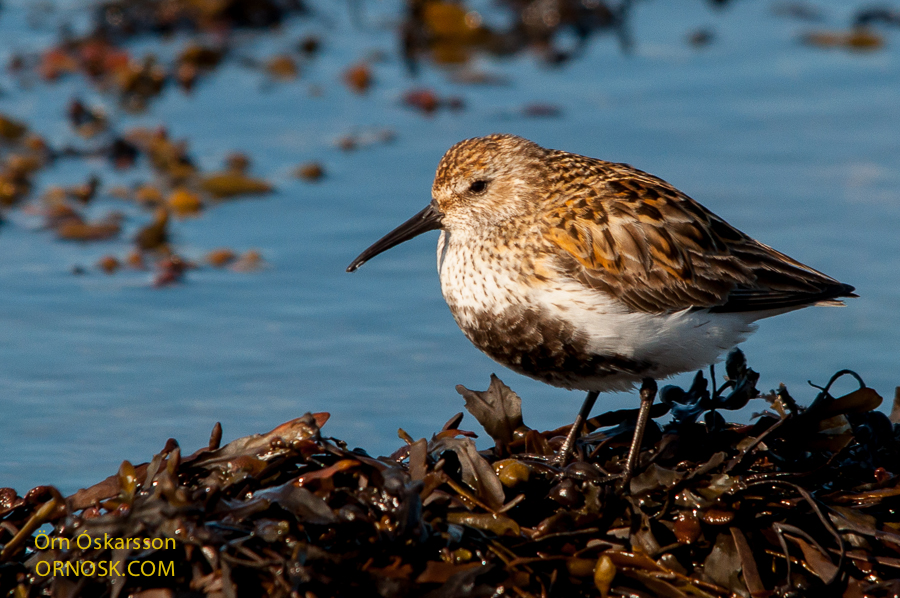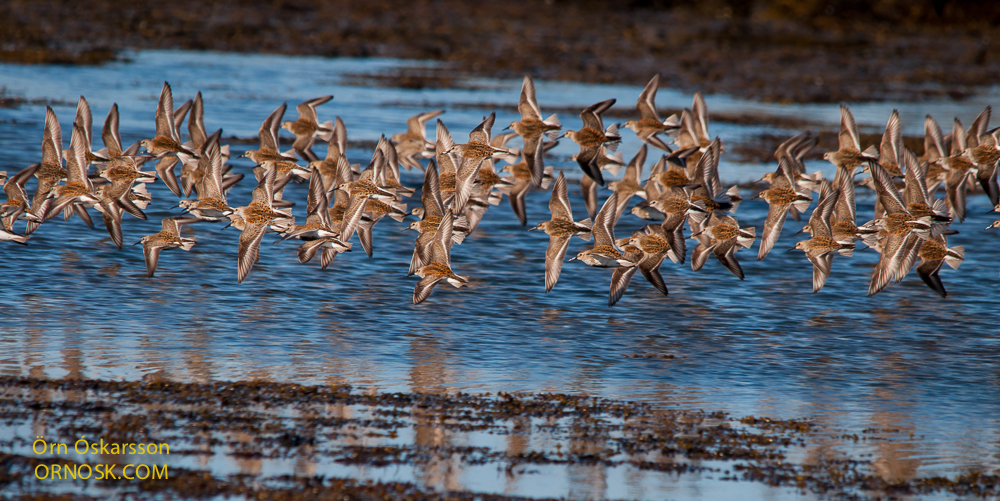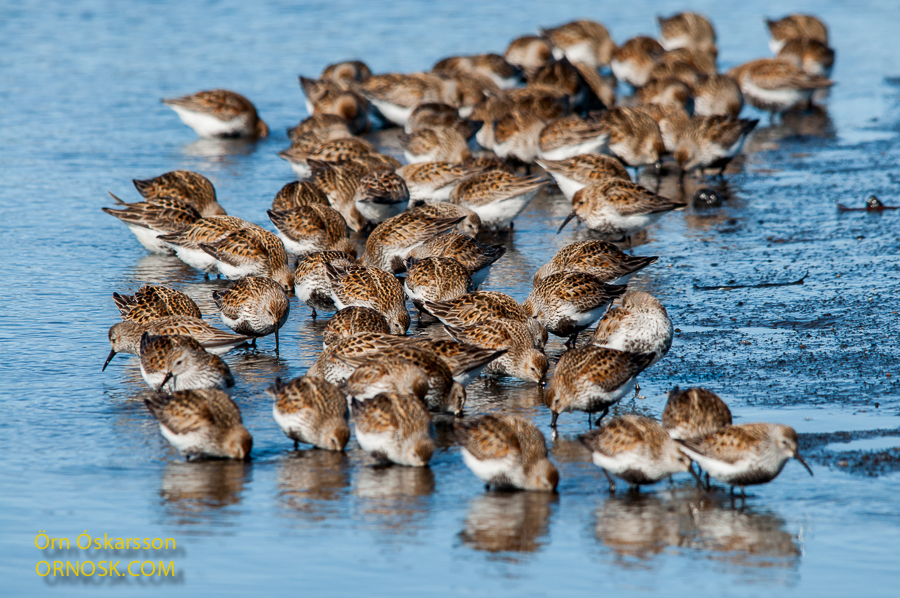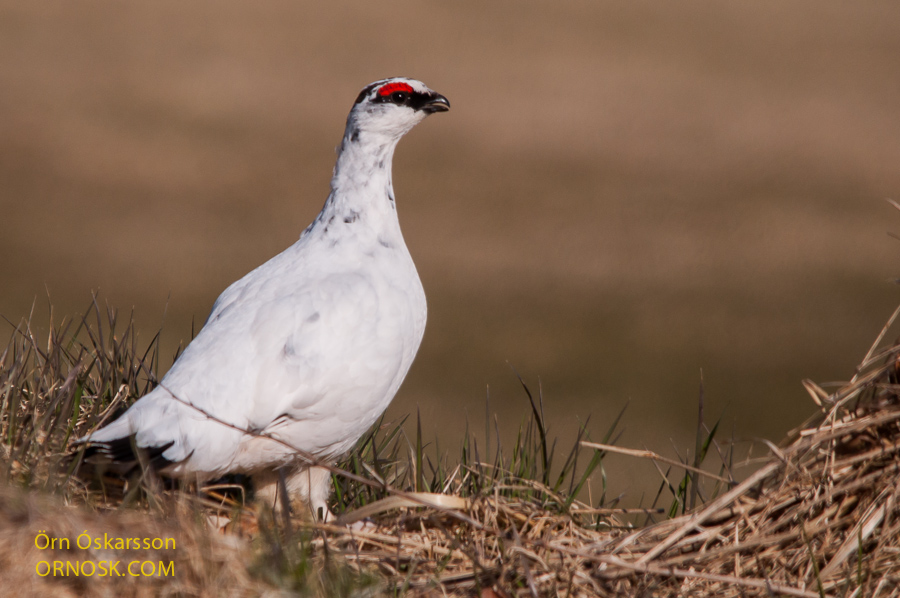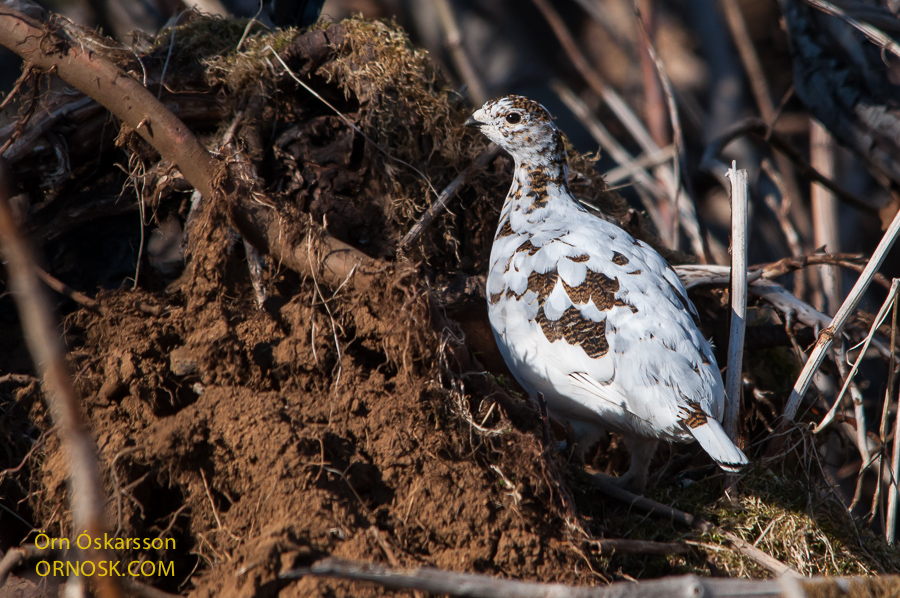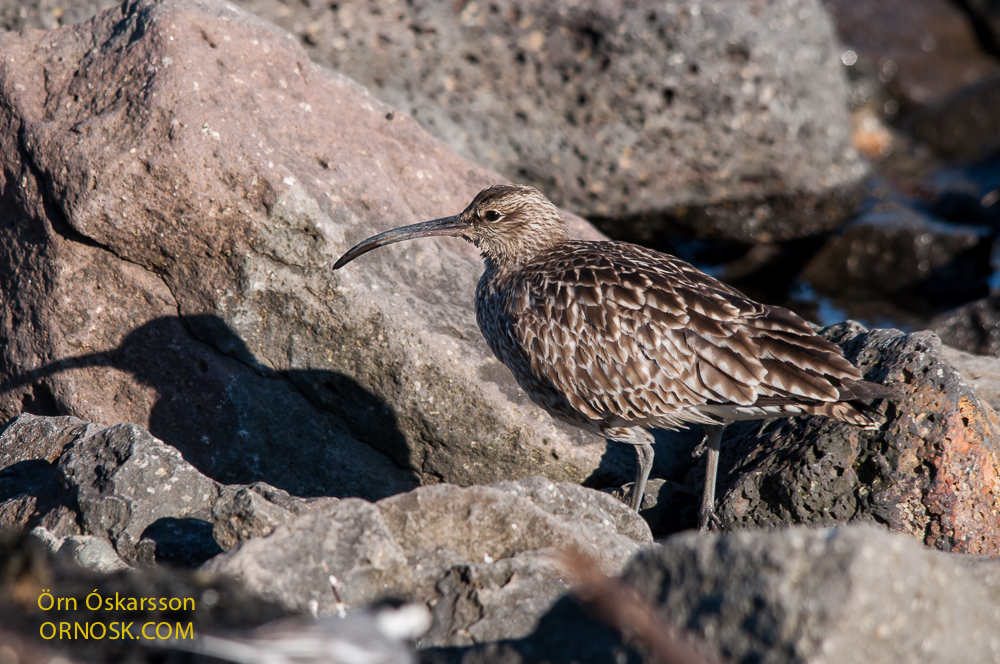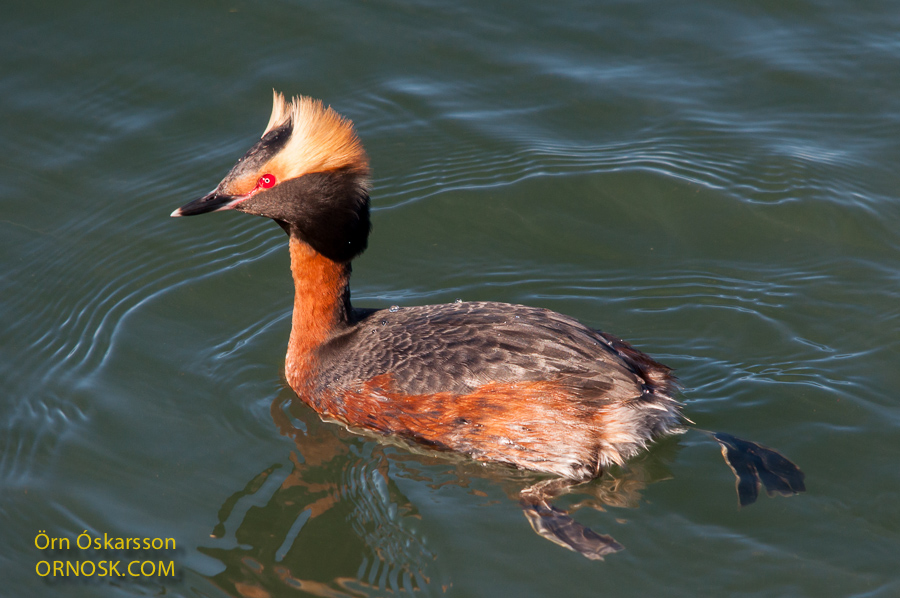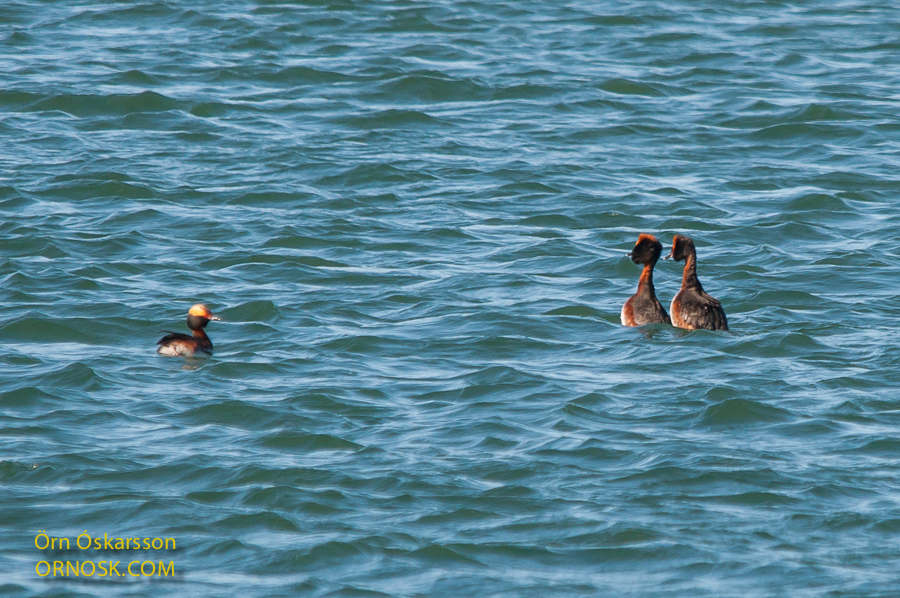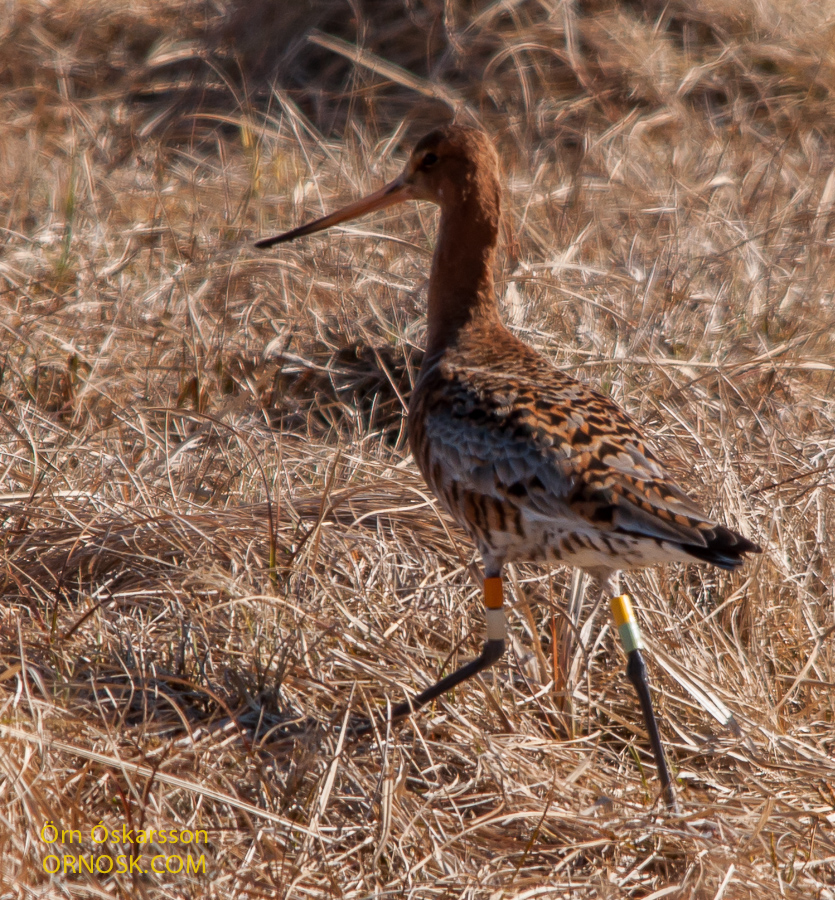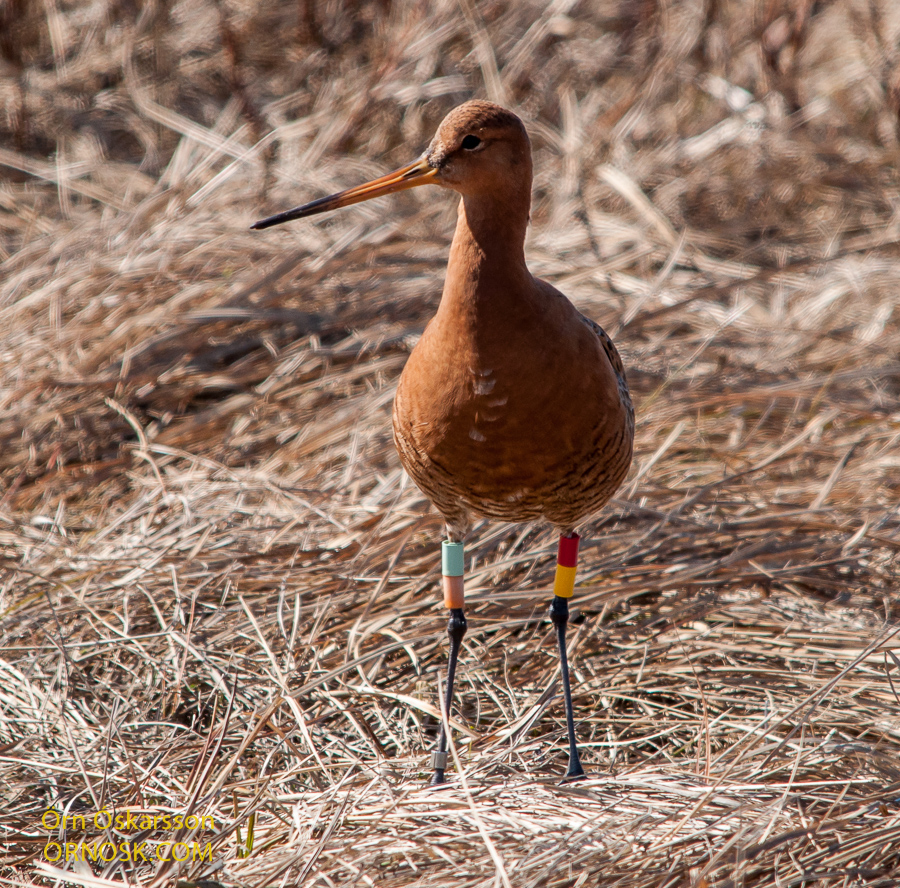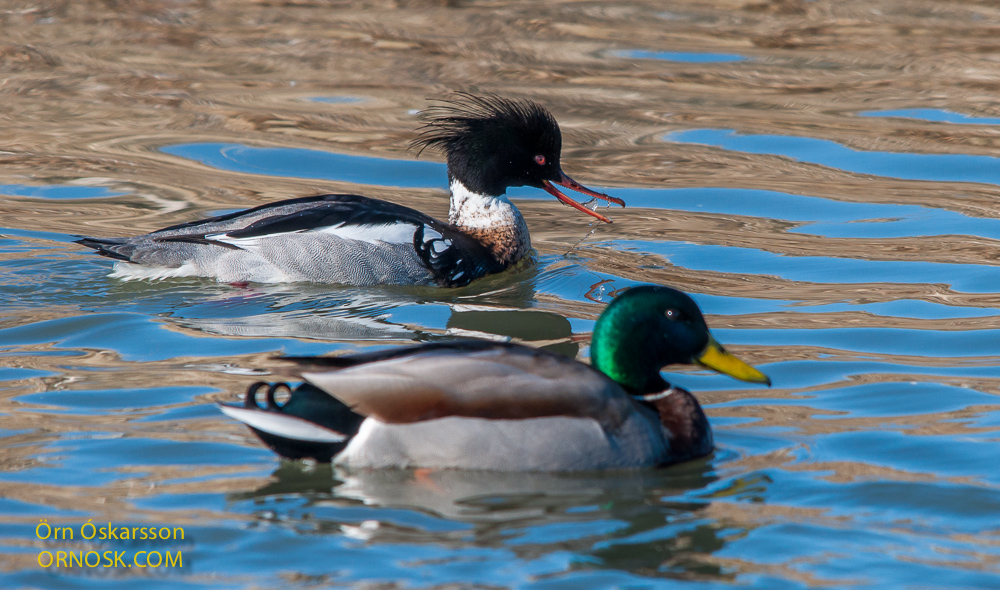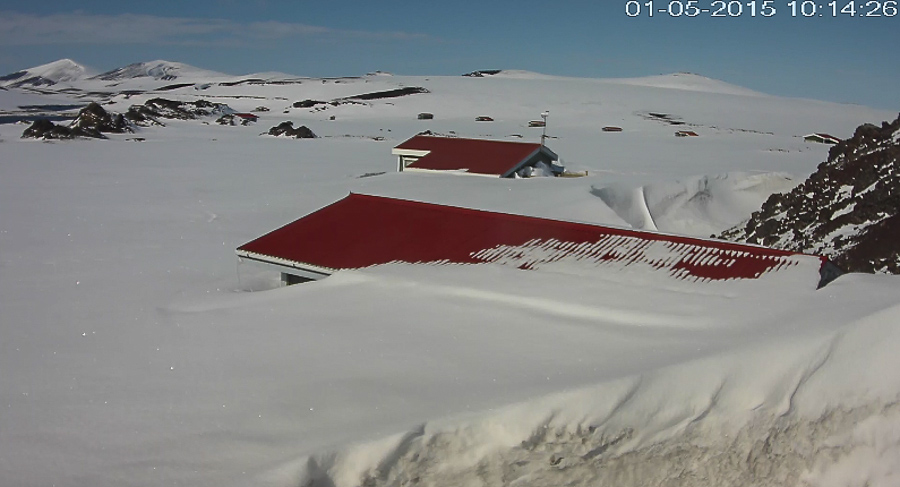
Meadow Pipits visit the garden both in spring and autumn. Now we have had up to four at the same time which is unusual. In the last few days two of them have claimed territory here, one south of the house and the other north of the house. They chase all others of their kind away and are eating the leftovers from this winter, sunflower seeds, something we have not seen before. They will probably move to their natural habitat in the meadows as soon as the weather gets milder.

